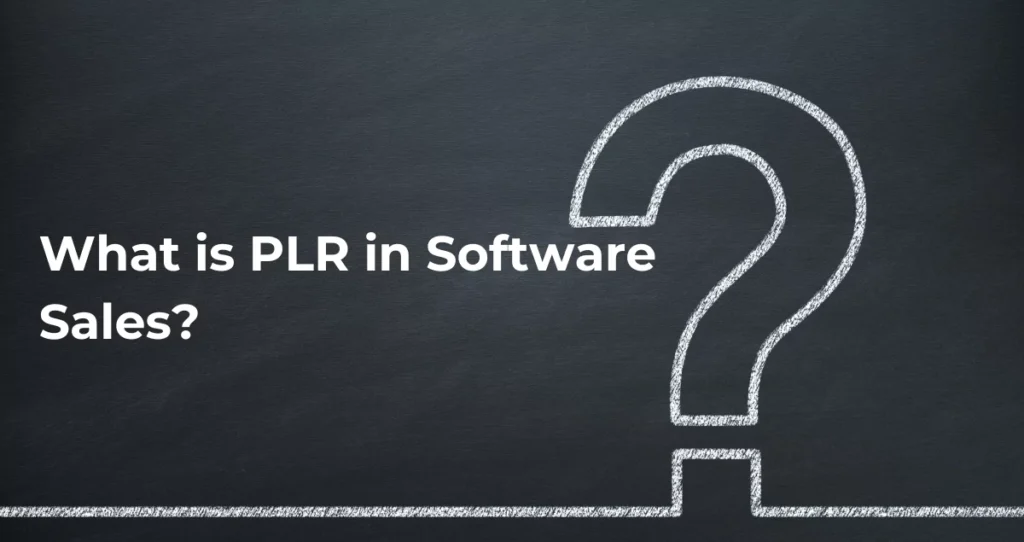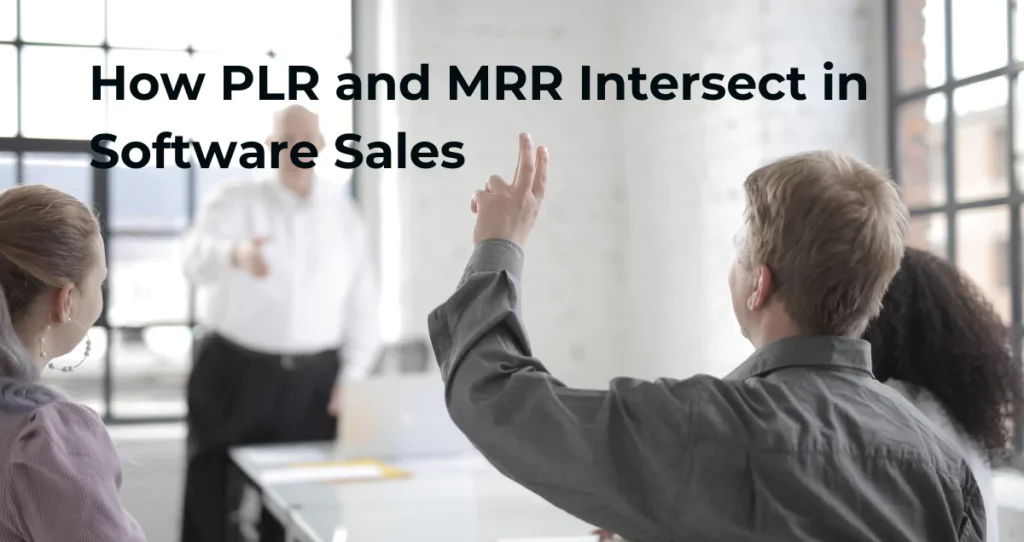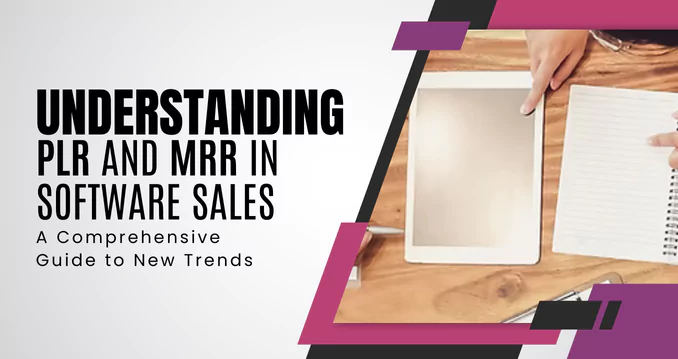Understanding PLR and MRR in Software Sales: A Comprehensive Guide to New Trends
PLR and MRR revenue models are changing the way software sales migrate. Understanding these will make your business grow. To survive, companies have to adapt to these new trends. This guide dives into how PLR and MRR in software sales manoeuvre the industry now and what’s to come.
What is PLR in Software Sales?

Private Label Rights (PLR) stands for licensing rights that permit businesses to rebrand, sell, and sell the software independently. PLR is a game changer for companies that hit it quickly. With PLR, businesses are given the option not to spend precious time and money on software development.
PLR software products often offer customization possibilities for some flexibility. It allows businesses to tailor products to the specific audience they have. First, companies can buy PLR rights and launch branded versions of the marketing tools for marketing products.
In software sales, PLR is good for startups and small businesses. They can compete with old brands with little investment. LPRL enables the focus on marketing and customer retention and not the developmental challenges of running a business.
What is MRR in Software Sales?

Subscription-based services will have a Monthly Recurring Revenue (MRR) that will bring in the same monthly money. Many software-as-a-service (SaaS) businesses rely on MRR. The main advantages are that it brings predictable revenue to companies, rendering financial planning more straightforward and planful.
MRR benefits software sales through steady cash flow and a better understanding of customers. Companies can use churn rate and customer lifetime value metrics to improve strategies. A CRM platform that offers monthly subscriptions gathers long-term relationships with users.
To encourage businesses to think about the value they deliver consistently, MRR models force you to think about your cash flow in a broader sense. Due to this model, retention rates are high. MRR means more to businesses than bringing in money; it means creating loyal customer relationships.
How PLR and MRR Intersect in Software Sales

Most of the time, PLR and MRR go together to make good money in software sales. An excellent combination of PLR products and subscription models generates money. For example, a business can repurpose and sell PLR marketing tools monthly.
This method allows companies to diversify income and enhance customers’ value. With MRR, businesses get recurring revenue, while PLR cuts development costs. The synergy of these models is suitable for startups and established companies.
In addition, using PLR products allows your businesses to enter new markets faster. On the other hand, MRR guarantees constant income from a love customer pool. Companies can use both models to optimize their operations for a long-term win.
Find out how Team GHL’s tools will enable you to combine PLR and MRR strategies effortlessly.
New Trends in PLR and MRR for 2025 and Beyond

PLR and MRR models are changing, and the software industry is changing, too. Another trend is a greater emphasis on subscription-based services. For companies, one-time sales have given way to recurring revenue. It only improves customer loyalty and ensures a steady income.
The second development is the emergence of AI PLR software. PLR products can be further customized by artificial intelligence for the best user experience. AI proves beneficial in the market for businesses, offering advantages to competitors.
MRR models are putting customer retention strategies at the top of the priority list. The companies are investing in what few would guess — personalized support and exclusive perks for subscribers. It focuses on reducing the churn rate and facilitates better relationships with customers.
Software sales are also joining the bandwagon of sustainability. There is an actual switch in digital operations with businesses adopting eco-friendly practices. This appeals to conscious consumers and creates value for MRR and PLR models.
Team GHL gives you access to resources and support as you stay ahead of industry trends.
Practical Tips for Leveraging PLR and MRR in Software Sales

PLR and MRR in software sales need planned work. First, choose the best PLR products to market to your followers. Select software that supports your business aims and meets your customers’ needs.
When designing MRR pricing, you want to balance value and affordability. Differentiate tiers of plans based on different customer segments. An example of this is to offer a basic, a premium option, and an enterprise option that addresses divergent needs.
Find improvement areas with the help of analytics tools to monitor performance. Monitor metrics like monthly recurring revenue growth and customer acquisition costs. These insights give you an idea of how to improve strategies.
You’ll also want to invest in tools and platforms to help with management. These are marketing automation tools, customer support software, and CRM systems. They are great at helping you effectively manage both your PLR and MRR.
Become a team GHL partner to leverage our insights on optimizing your PLR and MRR strategies.
Conclusion
Software sales based on PLR and MRR are the bread and butter businesses need to understand in a competitive landscape. MRR is a steady source of income, and PLR guarantees an instant launch and customization. They both created sustainable & scalable revenue models.
Profitability can be increased by staying informed about emerging trends and adopting strategic practices. The possibilities are endless with AI-powered PLR to MRR personalized. These models help businesses gain a competitive advantage in the software industry.
Speak to Team GHL today to discuss how these strategies can be used to optimize your PLR and MRR.
About Team GHL
Now you know that team GHL is in business, helping businesses using the GoHighLevel platform with our tools, training, and support. Team GHL is made up of people who have significant experience with PLR and MRR strategies. Work with Team GHL to help unlock your business’s true potential in software sales.



